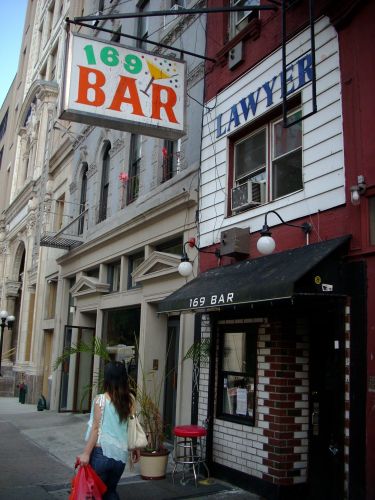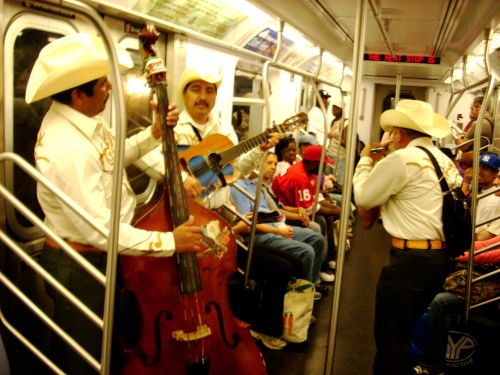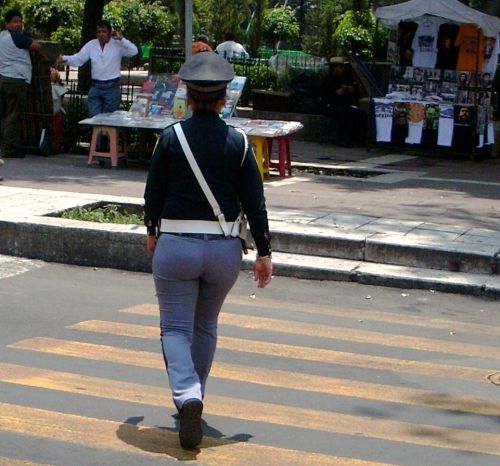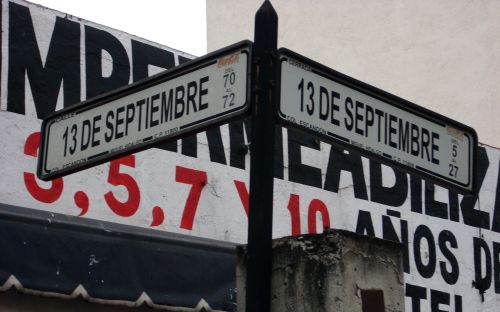In Mexico, the harshest slang word for a homosexual is puto. Therefore, if you are ever in New York with a Mexican, it is always an easy laugh to take him to Chinatown, where you can pass by this store, which offers the Far Eastern version of puto.
Nonetheless, in all the years I divided my time between Mexico City and New York, it never occurred to me to actually go inside and ask anyone what Chinese puto is. On my last trip I did.
The cakes inside the plastic boxes, which are of a jelly-like consistency and look like they would be the preferred meal for a baby, someone over 90 years old, or a space mutant, are made of puto.
When I saw this man sitting inside the store, I was hoping that he would be able to tell me something more about puto, but I was afraid that he would turn out to be a recent Fujianese immigrant with no English skills. It turned out that he spoke with a thicker New York accent than my late Aunt Sadie, who was born and raised on the Grand Concourse in the Bronx. He told me that puto is sweet. I asked if it was eaten as dessert. “Some people do it that way,” he said. “But a lot of people mix it up for breakfast with salty sliced pork. That’s the good stuff.”






